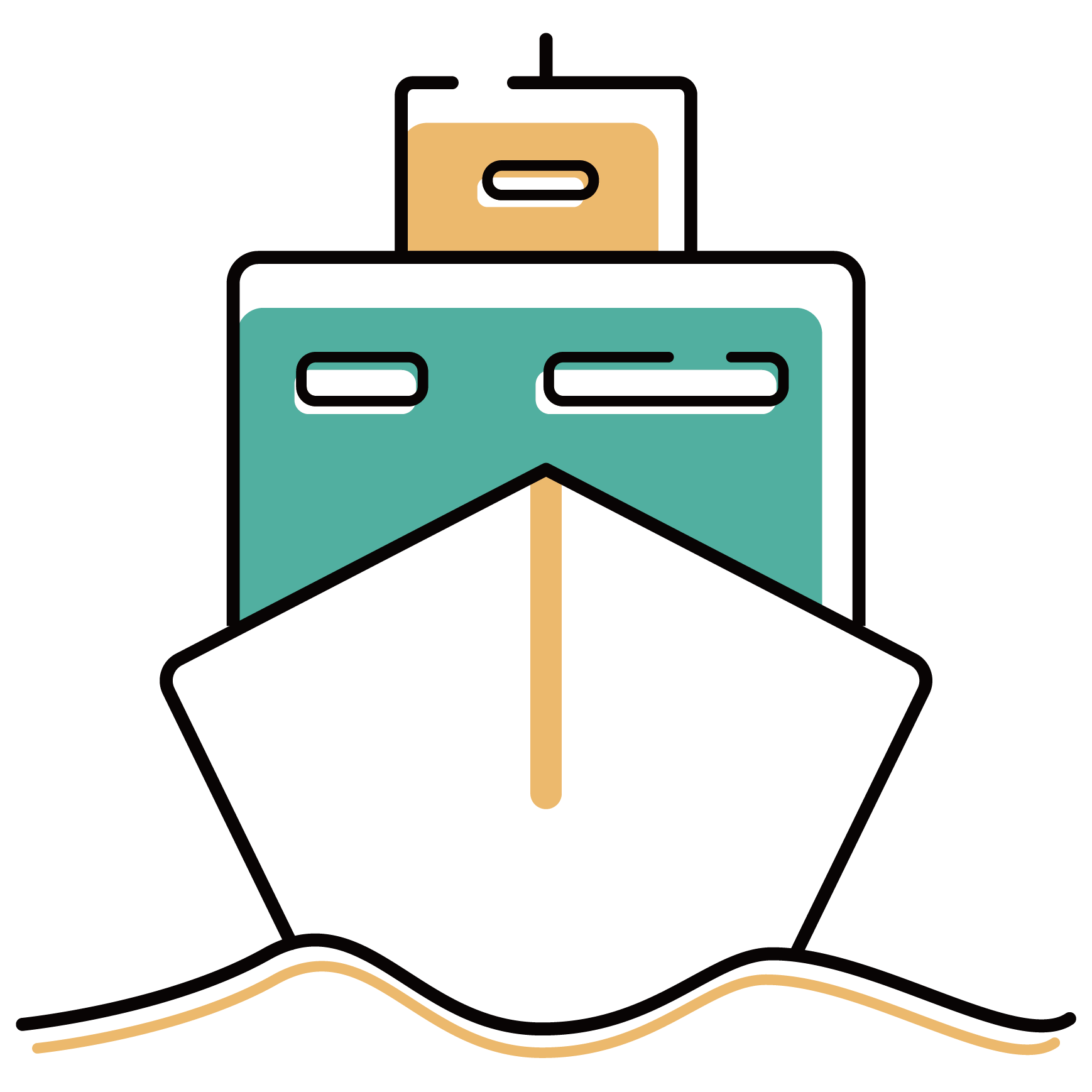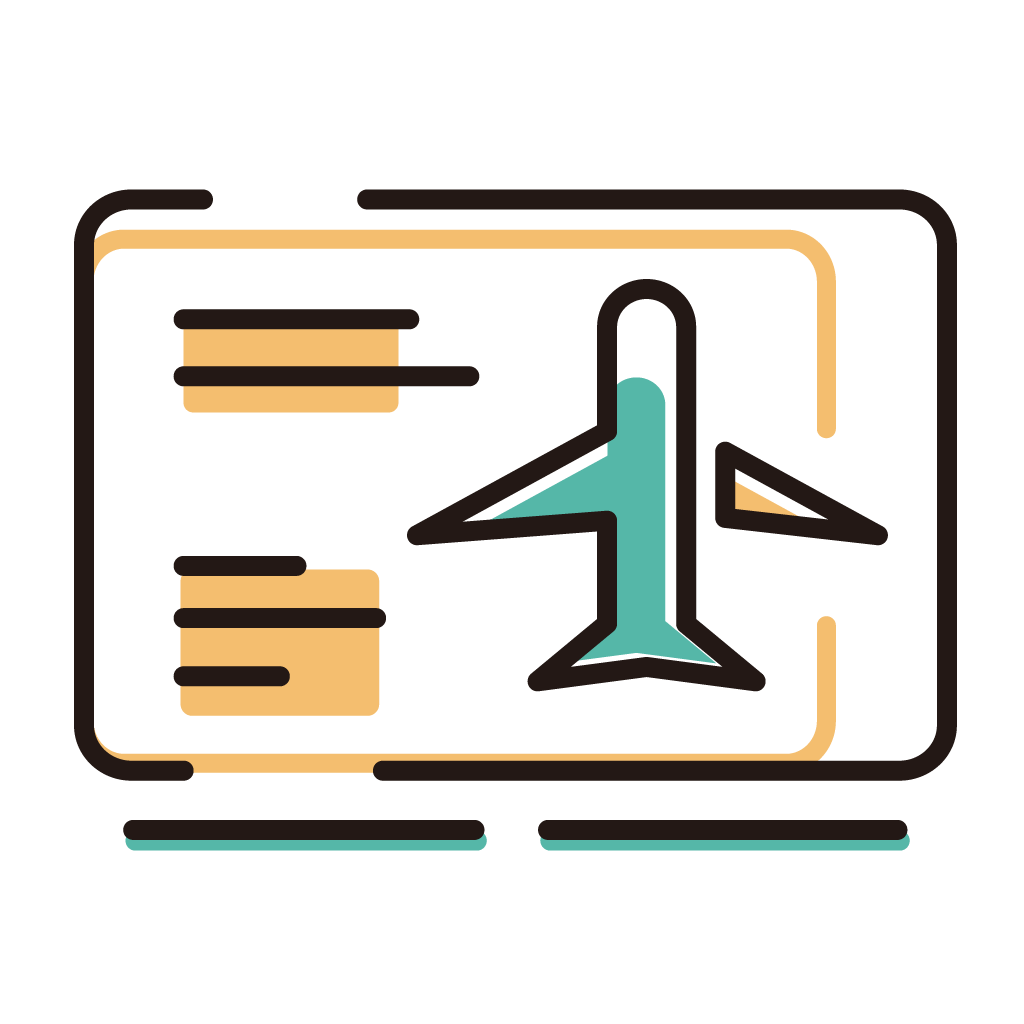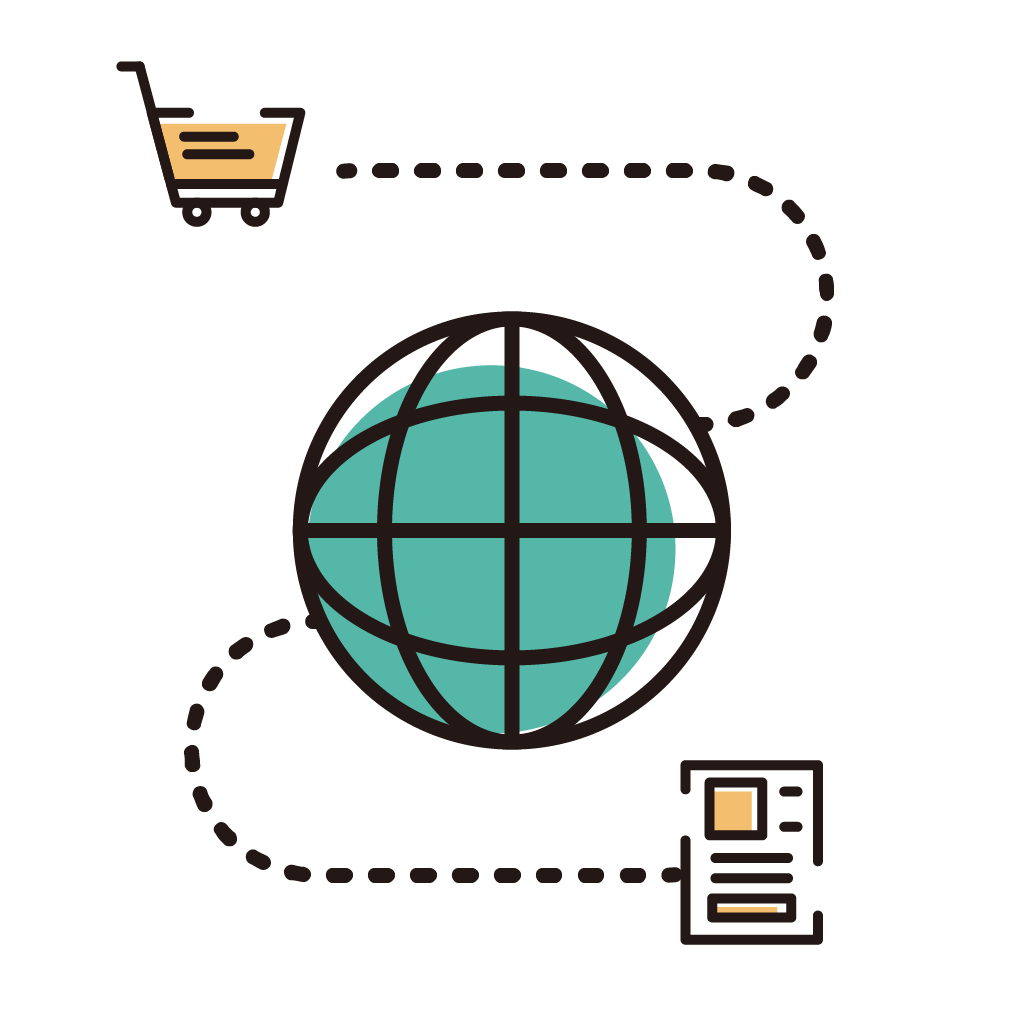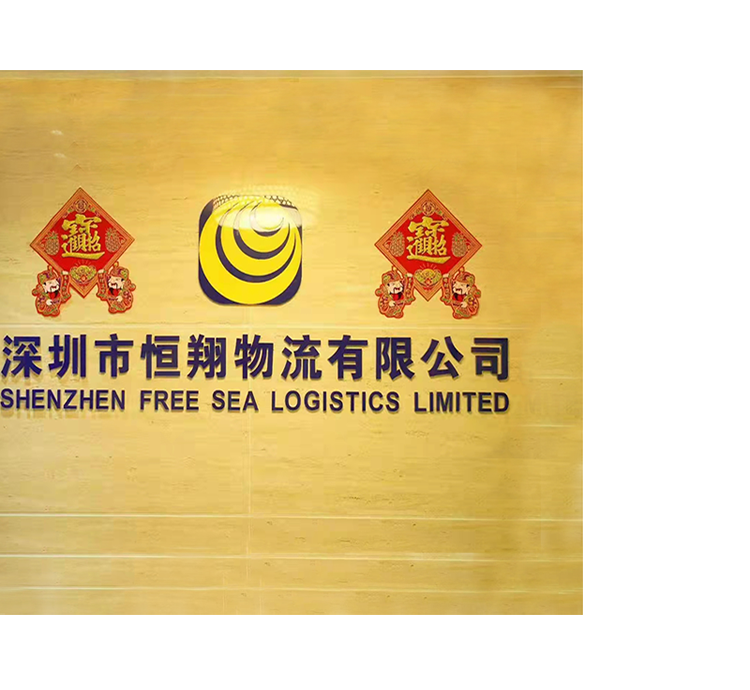In global trade, understanding Incoterms is essential for both buyers and sellers. Terms such as DDP, DAP, FOB, and EXW define responsibilities, costs, and risks in international freight forwarding. However, their significance extends beyond textbook definitions. When applied to real-world logistics, these terms directly affect operational efficiency, customs clearance, and total landed costs.
This article explores how FreeSea leverages its expertise in freight forwarding to simplify complex trade agreements. Through practical case studies and detailed analysis, we examine how choosing the right Incoterm improves supply chain visibility, reduces delays, and enhances overall cost-effectiveness.
I. Understanding the Role of Incoterms in Freight Forwarding
International trade involves multiple stakeholders, diverse regulations, and fluctuating transport conditions. Incoterms—standardized by the International Chamber of Commerce—simplify this process by defining who pays what, who handles what, and who bears the risk.
1. The Need for Clear Responsibility
When a seller in Shenzhen ships electronics to Hamburg, both parties must decide who pays for shipping, who clears customs, and who handles insurance. Without clear rules, disputes are inevitable. Incoterms provide a mutually accepted framework that reduces misunderstandings and builds trust.
2. The Growing Complexity of Global Logistics
In modern supply chains, freight forwarding involves air, sea, rail, and multimodal transportation. Combined with cross-border regulations and varying tax policies, selecting the wrong Incoterm can lead to costly delays. FreeSea’s expertise helps clients evaluate the best terms for different shipment profiles.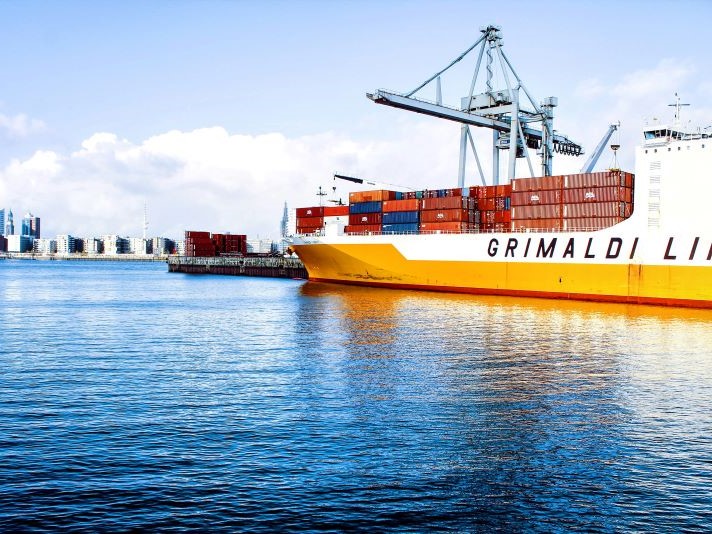
II. DDP: Delivered Duty Paid
Under DDP, the seller assumes maximum responsibility by delivering goods to the buyer’s location with all customs duties, taxes, and freight charges paid.
1. When DDP Works Best
DDP is ideal when buyers lack logistics infrastructure or experience. Sellers manage every step, from export documentation to final delivery.
Case Study:
A European cosmetics brand purchased skincare products from a Korean manufacturer. The brand wanted door-to-door delivery without dealing with customs clearance. Managed the shipment under DDP terms, handling customs paperwork, paying import VAT, and coordinating last-mile delivery. As a result, the buyer received goods seamlessly while maintaining predictable landed costs.
2. DDP Advantages
Eliminates surprises in cost estimation
Simplifies logistics for inexperienced importers
Builds trust between buyer and seller
3. DDP Challenges
While convenient, DDP can expose sellers to risks if they miscalculate duties or face unexpected customs inspections. Freight forwarders mitigate these risks through pre-clearance analysis and local regulatory expertise.
III. DAP: Delivered at Place
Under DAP, the seller arranges transportation and delivers goods to a specified location, but the buyer handles import clearance and duties.
1. Best Scenarios for DAP
DAP benefits buyers who prefer control over customs clearance while still expecting reliable transportation.
Case Study:
An American retailer importing coffee machines from Italy wanted faster clearance at the Los Angeles port. They chose DAP, enabling them to manage customs documentation through their broker. With handled all transport logistics and provided real-time tracking. This hybrid approach reduced port delays and improved inventory planning.
2. DAP Advantages
Offers flexibility in import clearance
Reduces overall freight costs for buyers
Provides transparent cost breakdowns
3. DAP in Practice
Unlike DDP, where sellers manage taxes, DAP allows buyers to leverage local expertise for cost optimization. This makes it a preferred choice in markets with highly variable duty structures.
IV. FOB: Free on Board
Under FOB, the seller delivers goods to the port of departure, where the buyer takes over responsibility for freight, insurance, and customs clearance.
1. FOB for Experienced Buyers
FOB is common in high-volume trading, where buyers already have established freight forwarder relationships and negotiated shipping rates.
Case Study:
A U.S. electronics distributor sourcing from Shenzhen consolidated multiple suppliers into one container shipment under FOB terms. Coordinated cargo collection from multiple factories, ensured proper packaging, and transferred responsibility at Yantian Port. The buyer’s preferred carrier handled the ocean freight, optimizing costs and delivery timelines.
2. FOB Advantages
Full control over shipping schedules
Better alignment with preferred carriers
Flexibility in insurance and customs planning
3. FOB Risks and Mitigation
Buyers bear risks from port loading onward. Coordination ensures sellers comply with proper export documentation, minimizing unexpected handover delays.
V. EXW: Ex Works
EXW places maximum responsibility on the buyer. Goods are made available at the seller’s facility, and buyers handle everything from pickup to customs clearance.
1. When EXW Makes Sense
EXW benefits buyers with advanced logistics infrastructure or those sourcing from multiple suppliers in one region.
Case Study:
A global automotive supplier based in Germany procured precision parts from 10 factories across Guangzhou. By using EXW, they organized centralized pickup through a consolidation service, optimizing container utilization and minimizing inland freight costs.
2. EXW Challenges
Buyers face hurdles such as language barriers, inconsistent export documents, and navigating local customs. Bridges these gaps through local support teams and a dedicated compliance division.
VI. Choosing the Right Incoterm: Strategic Considerations
While Incoterms provide standardized frameworks, operational realities vary by industry, geography, and shipment type. Choosing the wrong term can lead to hidden costs and unexpected risks.
1. Balancing Cost and Control
DDP suits buyers seeking cost predictability.
DAP offers a balance between control and convenience.
FOB benefits buyers managing bulk imports.
EXW empowers buyers to consolidate regional supply chains.
2. The Role of Freight Forwarders
As logistics grow more complex, freight forwarders provide consultative support. They assess shipping profiles, regulatory environments, and cost structures to recommend optimal Incoterms.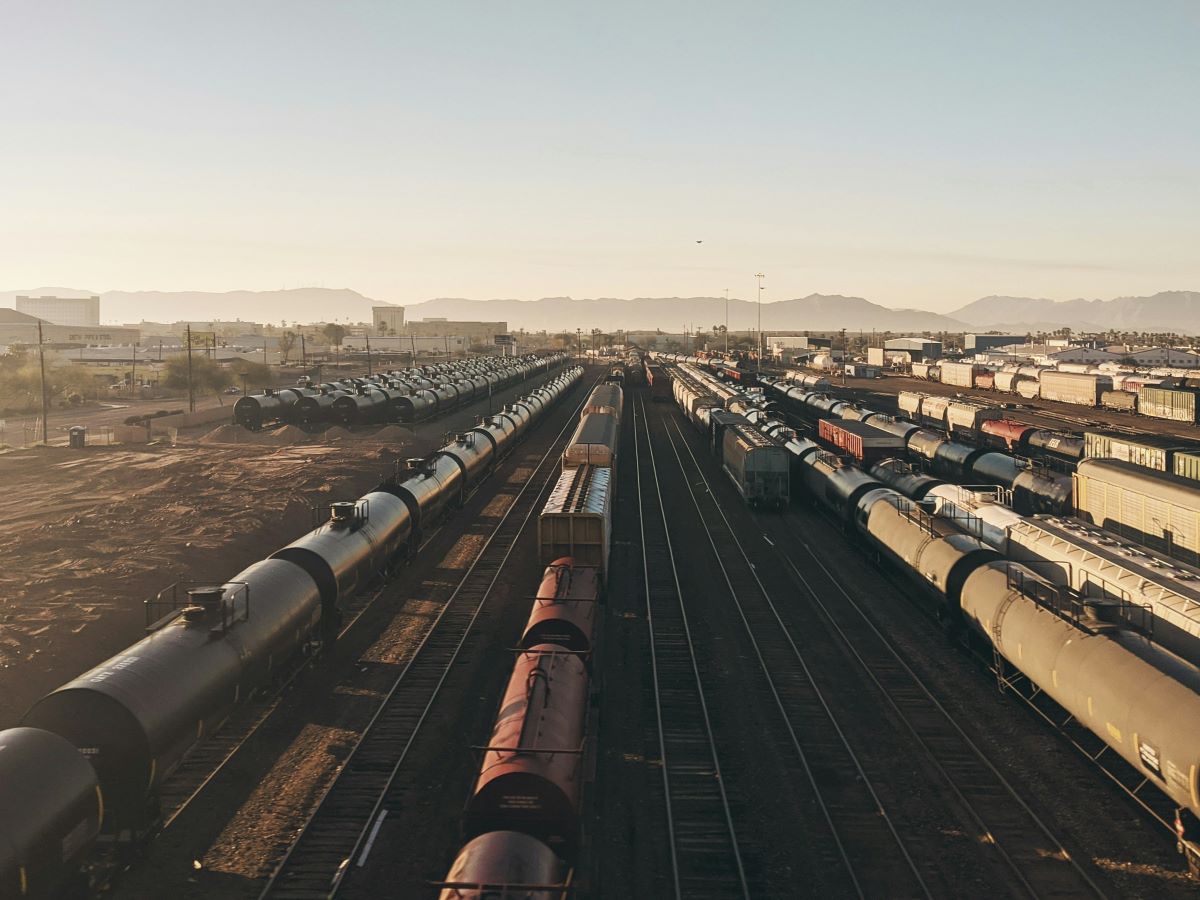
VII. Future Trends in Freight Forwarding and Incoterms
1. Digital Freight Management
Integrated platforms offer real-time shipment visibility, predictive ETA calculations, and dynamic rerouting based on customs conditions.
2. Regulatory Harmonization
As trade agreements evolve, customs protocols are expected to align, reducing friction and enabling faster DDP and DAP deliveries.
3. Sustainability in Logistics
Environmental considerations increasingly influence trade terms. Buyers and sellers are adopting low-emission shipping options while balancing landed costs.
Conclusion
In freight forwarding, the choice of Incoterm is more than a contractual formality—it is a strategic decision affecting cost, risk, and operational efficiency. Through its extensive network and global expertise, FreeSea empowers clients to navigate these complexities.
By offering tailored logistics solutions under DDP, DAP, FOB, and EXW, FreeSea simplifies international trade and ensures smooth, predictable deliveries. Businesses that integrate smart Incoterm planning into their supply chain strategy gain a competitive advantage in today’s fast-changing markets.


